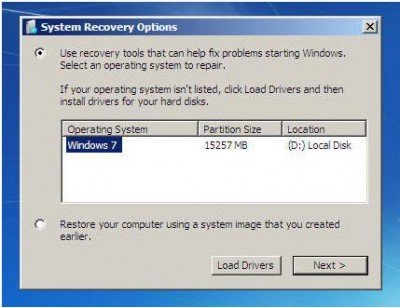

of China Hungary India Indonesia Ireland Israel Italy Jamaica Japan Kuwait Latvia Lithuania Luxembourg Macao S.A.R. Anguilla Antigua and Barbuda Argentina Aruba Australia Austria Bahamas Bangladesh Barbados Belarus Belgium Bermuda Bolivia Brazil Bulgaria Canada Cayman Islands Chile China Mainland Colombia Costa Rica Croatia Curaçao Cyprus Czech Republic Denmark Dominican Republic Ecuador Egypt El Salvador Estonia Finland France Germany Greece Grenada Guatemala Guyana Haiti Honduras Hong Kong S.A.R.Performance loss: Although enable compact OS can save disk space, there is some concern that it may reduce functionality on systems, while nobody noticed there is performance loss whatsoever. So the best option is to perform a complete backup before starting the process and make sure your computer is plugged into power. If this occurs, it could potentially make the system unbootable and even unrecoverable. Power loss: You may suffer a sudden loss of power while compressing or decompressing the Windows directory. Potential risks of Compact OS you need to consider Tips: You can turn it off by executing the command below to decompress Windows 10 OS: Step 3: To compress Windows 10 OS, execute the command below, and hit Enter key. Then you can see the current system is not compacted state (compressed). Step 2: To query current system compact state, execute the command below, then hit the Enter key Step 1: Open Command Prompt as administrator. The best choice to avoid risk is to back up your system and files before enabling it. Compact OS installs the operating system files as compressed files. Compress Windows 10 System with Compact OSĬompact OS is supported on both UEFI-based and BIOS-based devices. If you're running on Windows 10, you can use Compact OS to compress the files for the operating system, including desktop applications, so that it can free up disk space.

Compress Your Windows 10 System using Compact OS


 0 kommentar(er)
0 kommentar(er)
